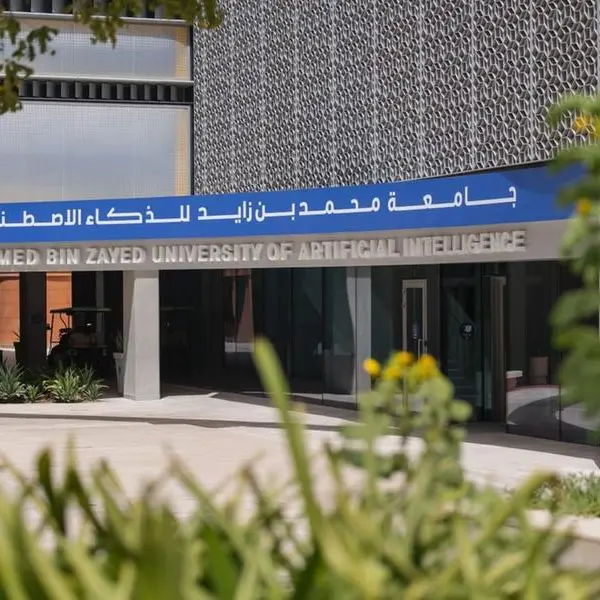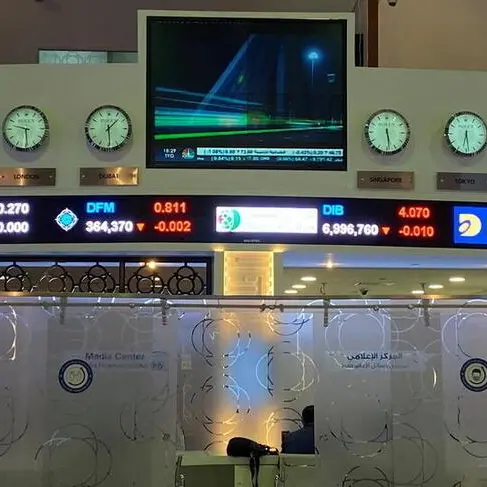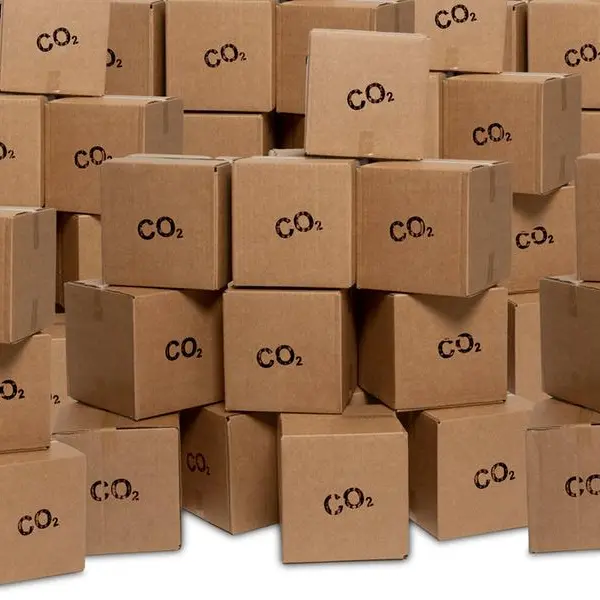Lebanese insurance companies embark on new initiatives
Historically, insurance companies and organizations for mutual protection have originated from taking on roles in the acceptance and coverage of risks that led them in a next step to develop strategies for risk mitigation and, with further passing of time, assume responsibilities to prepare for future risks. With the present era's accumulations of uncertainties and concentration of both known and yet unknown risks of unprecedented dimension, from climate change to new technologies, the role of insurance companies in preparing for global and local risks is of massively increasing importance in every single economy.
In this global context, Lebanese insurance companies in 2015 served the local economy with a portfolio of services focused on traditional needs for coverage. Of the $1.15 billion in premiums written until the end of September, $352.4 million were in medical insurance, $252.4 million in motor, and $88.8 million in fire.
In the life insurance segment, premiums were reported as $335.9 million at the end of September; life policies were distributed in 60:40 ratio between savings contracts and protection-only covers in terms of value. By volume, life policies numbered roughly four to one in favor of protection-only contracts over contracts with a savings component.
In terms of distribution of gross written premiums between the main segments, the shares of around 30 percent each for life and medical, 22 to 25 percent for motor, and 7 to 9 percent for fire are consistent with market structures of the past five years.
Emboldened aspirations
The Lebanese insurance sector has, after experiencing the 1975-1990 civil war and subsequently redeveloping its capacities in the 1990s, moved along a steady growth trajectory in the last 15 years. In performance terms, the sector has demonstrated its durability by generating growth in premiums and assets for a third consecutive year in 2015 during a period when the economy at large was faced with external pressures and internal constraints.
As the second-most important constituency of the financial economy after the banking sector, insurance companies have intensified their efforts in 2015 to heighten the standing of insurers vis-a-vis other sectors in the Lebanese economy. An increase in insurance awareness among national policymakers and corporate decision makers has been the pursuit of the Lebanese insurance association for quite a while. The task has proven difficult for all national insurance sectors in the Middle East as a region where insurance density and penetration are among the lowest in the world, even as Lebanon is a regional leader in terms of insurance penetration, or the share of premiums in gross domestic product, with a penetration rate of around 3 percent.
However the domestic slump in several sectors and industries, such as hospitality, trade, and real estate, and the further deterioration of the stock market, where the Beirut Stock Exchange suffered an almost 16 percent drop in its index and was among the three worst performers among the region's national stock markets, made it easier in 2015 for the insurance sector to present their values and stress their importance to major stakeholders in politics and the business community.
A highlight in this regard was a regional conference on the Lebanese oil and gas sector, co-hosted by the industry association and by the General Arab Insurance Federation (GAIF) in June 2015. Besides discussions on the regulations for oil and gas insurance that would ascertain a participation of Lebanese providers in covering energy exploration and exploitation ventures, the event's biggest topic was an endeavor to develop a pool for oil and gas insurance under management of ACAL.
Other initiatives presented by the association for enhancing coverage capabilities for important risks were projects for an aviation pool and for an earthquake pool. As the projects are new, the willingness of providers to collaborate on creating these asset reservoirs for sharing of large risks has yet to be confirmed. Insurance experts expect that these pools, once implemented, will deliver a strong growth impulse to the sector. However, behavioral change of sector members will be needed in order to develop viable business opportunities in the country's emerging oil and gas business, well-known regional insurance broking specialist George Kabban cautioned during the June 2015 conference. If local companies continue to behave as they did in the past, they will have zero returns from the notedly high risk prone energy business, he said.
Dangers of inertia and regressions
Challenges remain for 2016, and most likely beyond, in the operational and competitive environment, sector and corporate structures, and the governance of insurance companies. The insurance landscape includes providers that operate as mutual organizations for agricultural producers, or members of the public sector that are monitored by ministries but are not under the supervision of insurance regulators. The leeway that these organizations have over fully regulated private sector players is a major distortive factor to the competitive environment.
In terms of the sector's structure, consolidation is an unsolved challenge that is intertwined with problems of transparency and lack of corporate governance at insurance companies. Among Lebanon's more than 50 operational insurance companies, some are subsidiaries of international or regional financial conglomerates, some are owned by Lebanese banks, and some are joint stock companies in private shareholdership. No Lebanese insurance company is traded on the stock market, however, and only very few insurers produce and publish annual reports according to best practices for financial companies that want to be transparent to shareholders and attract investors.
According to numerous comments from analysts and executives at companies within the sector that have expressed interest in making acquisitions, the lack of proper corporate governance and the slowness of reaching needed consolidation are interrelated. Corroborating this further, a successful exit by private equity fund Euromena and new regional equity participation in Lebanese reinsurance player Chedid Re was helped greatly by implementation of corporate governance at Chedid Re.
Although insurance performance in 2015 was seen as solid by sector leaders, the sector was exposed to the effects of the state's inertia and administrative limits for making needed decisions that have resulted from the political systems failure in electing a president and legitimizing policy measures. As a change in the leadership of the Insurance Control Commission (ICC), the supervisor of the sector's compliance with regulatory, market conduct and reserving rules, was instigated in the first quarter of the year, appointment of a new ICC head was on the agenda at the Ministry of Economy and Trade. A successor for the departing commissioner was selected with a lag time of several months but only weeks after sending notes of his appointment, an announcement in the government organ, The Official Gazette, informed the market that the appointment had to be withdrawn because of legality issues.
With no certainty about the further length of the political crisis, no commissioner in place and reversal to an interim holder of the position, the potential for a gap in supervisory effectiveness could not be excluded as the insurance sector moved toward the end of 2015. Moreover, as a long overdue new insurance law is unable to progress into parliamentary approval and ministerial implementation, a number of concerns over implementability of needed systemic improvements exist in the outlook for Lebanon's insurance sector. In the short term, however, the expectations for 2016 are reasonably positive in terms of performance and insurance leaders are optimistic about hosting the region's top sector event, the GAIF general conference, in May of 2016.
Thomas SchellenThomas Schellen is Executive's editor-at-large. He has been covering Middle Eastern markets and business for nearly two decades.
© Executive 2016











